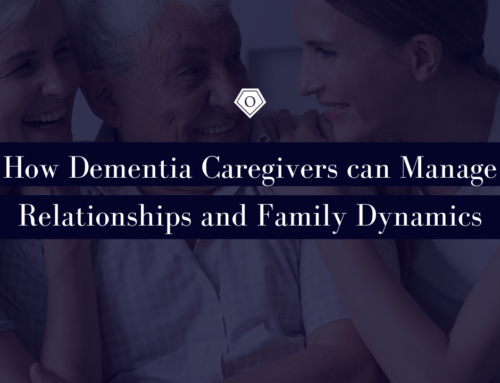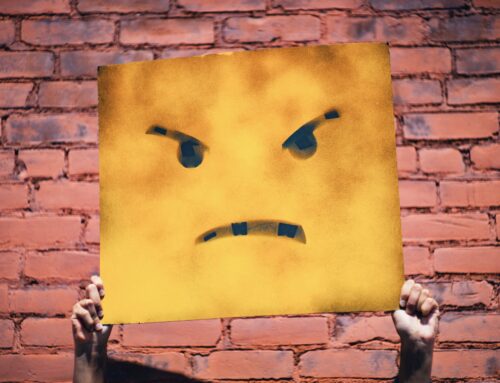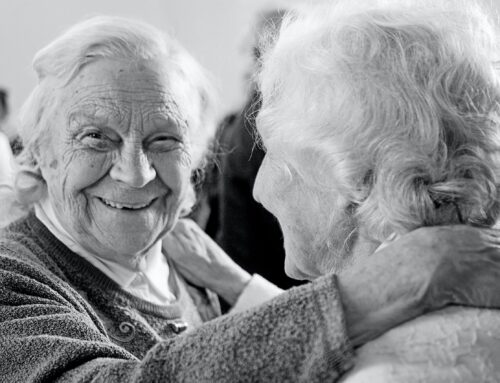According to the National Council on Aging, every 11 seconds an older adult is treated in the emergency room for a fall.
Falls are the most common cause of nonfatal trauma related hospital admissions among older adults. This deeply affects quality of life. Many older adults fear falling; as a result, they limit their activities and social engagements. Restricting regular activity can result in depression and a decline in overall health.
The good news is that falling does not have to be an inevitable part of aging. Practical lifestyle changes can reduce the risk of falls for seniors.
Why Falls Happen
- Person Is Weak, Tired Or Ill
- Person Is Not Physically Fit
- Person May Have Vision Problems
- Person May Be Experiencing Side Affects Of Medication
- Slippery Or Wet Floors
- Obstructed Pathways
- Darkness
How To Prevent Falls
Take Care Of Your Health
- Regular Exercise
- Prevent Dehydration
- Have Eyes Checked
- Be Aware of Medication Side Affects
Make Small Changes To Your Home
- Install Clap-On Lights
- Use Night Lights Throughout House & Bathroom
- Remove Small Area Rugs
- Place Frequently Used Items In Easy-To-Reach Places
- Apply Non-Slip Treads On Stairs, In Showers And Steps
- Install Grab Bars In Bathroom
Take Extra Precautions
- Turn On Lights When Entering Dark Rooms
- Ensure Your Path Is Clear
- Use Handrails
- Use Chairs That Have Arm Rests & Don’t Have Wheels
- Wear Shoes That Fit & Have Rubber Soles
The risk of falling increases as risk factors rise. Follow the guidelines above to make your home safer and minimize your risk of falls. If or when you fall, it is important to consult with a doctor to determine cause. A fall could be a sign a new medical problem.
Keep in mind, it may be time for home care if you have fallen in the last year. Learn More






